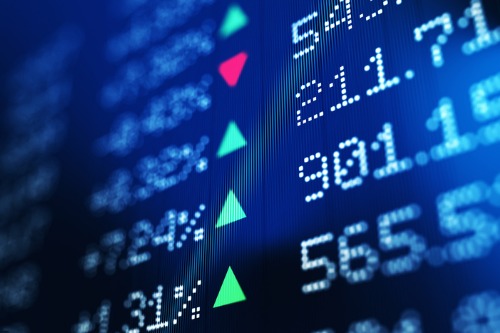There are myriad reasons why an fund might change indexes — though in some cases, investors should beware

When an index ETF launches, it comes with a specific benchmark whose portfolio allocation and performance it aims to track. But what many investors may not realize is that fund providers can change the benchmark that a particular ETF is tied to — and such changes may have significant implications.
“Changing an ETF's benchmark index isn't all that uncommon an occurrence,” noted a recent report on ETF.com. Generally, the ability to change indexes is beneficial: fund providers may use it as a chance to work with a cheaper index, or switch to a benchmark that tracks a fund’s intended investment objective more closely.
Benchmark switches are also usually not that drastic, usually just involving a change in index provider or a tweak in the breadth of securities used. Occasionally, the issuer anticipates a significant exposure change — revisions to the GICS are a perfect example — and can smooth the ride for investors by putting its affected funds through a series of transitionary indexes leading up to the event.
“Sometimes, however, the change of a benchmark comes with little warning, and results in a dramatic change to the ETF,” ETF.com said. These can transform a fund from a large-cap to a small-cap ETF, or change the focus from one market to another. One high-profile example involved ETF Managers Group, which in late 2017 created the first pure-play marijuana ETF by swapping the benchmark for its Tierra XP Latin American Real Estate ETF (LARE) with the marijuana-focused Prime Alternative Harvest Index.
“At the time, the move shocked many industry participants and observers, but the index switch itself was and remains perfectly legal,” the report said.
Because the vast majority of ETFs are not required to stick with their benchmarks forever, issuers can retrofit an ETF vehicle with a new index— much faster and less costly than filing for a brand new fund, which ETF,com said can cost anywhere from US$75,000 to US$100,000. ETFs that are good candidates for retrofitting tend to be low in assets and trading volume, which minimizes the risk of a significant asset exodus when the index is replaced.
With the right index changes, issuers can turn a fund flop into a cash cow. But a decision to change benchmarks doesn’t guarantee a turnaround. It may also hurt those who owned the fund in its previous incarnation, particularly when they do not approve of the change in benchmark; as issuers usually only need to provide written notice a couple of months’ prior to the scheduled switch, this happens more often than investors would like.
Another danger, according to the report, stems from the fact that issuers usually continue to refer to the fund’s previous track record in its prospectus and marketing materials. For issuers peddling untested ETFs, this can be beneficial if their fund had generated a record of solid performance. But for investors who may not be privy to the switch or might have missed reading the fine print, this can lead to misguided expectations.



